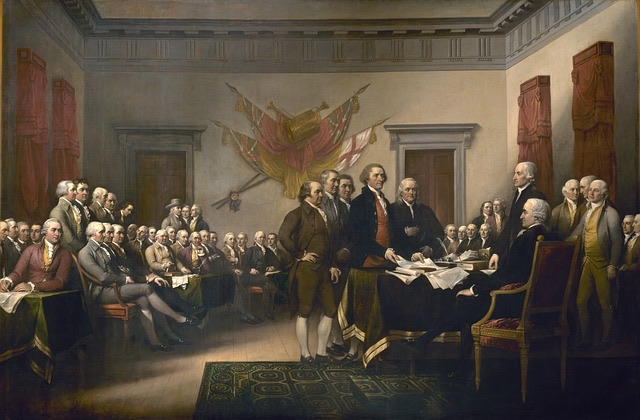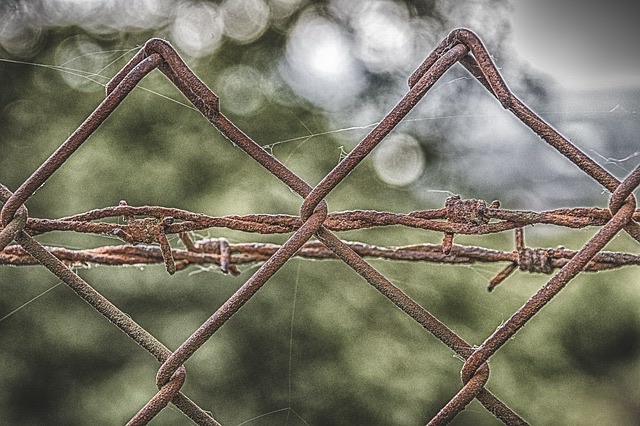Freedom. What does it mean to you? This word can mean so many different things depending on who you are, where you live, your personal circumstances, your background, and so on.
The one distinction that everyone shares is that freedom involves the absence of restraint.
There have been many great strides made in America to provide its citizens freedom. One such moment is the signing of the Declaration of Independence. Our founding fathers decided to declare the independence of the colonies when they determined the restraints put upon them by the British needed to end. While there are many others such as the abolition of slavery, the opportunity for more than 20 million immigrants to come to the U.S., the freedom for women to vote to name but a few, the focus of this article is even more personal.

When I think of the word freedom I think of a person living a life unburdened by restraints imposed on them by others. I realize this is a pretty broad description so let me provide a couple of examples.
Living in certain areas can place perceived restraints upon its members. For instance, many living in upscale, wealthy neighborhoods have a perceived image to uphold. The restraint they live with is that they are not able to reveal struggles and difficulties to others. Their lives are to shine forth as if they always have everything together and there are no issues in their families. The children in these areas often live with incredibly high expectation placed upon them to be “perfect”. The ongoing pressure to live with this kind of image all the time very often leads to a life filled with constant stress, such as, stress to perform, stress to be perfect, stress to always look impeccable, stress to never have an off day, and so on. Ultimately, this type of constant stress leads to all kinds of issues and even sickness.

Another type of restricted freedom is seen in abusive situations. While both men and women can be abused, in this example I will focus on the abuse of women. Many women live under the oppression of an abuser. The abuser can be a spouse, loved one, or even a boss a work. The abuser places strong restraints upon the woman. In situations with severe abuse, she is not allowed to think for herself; she is not able to interact with anyone she wants; she is belittled for just about everything; she is blamed for every wrong, even if she had nothing to do with the situation; she is yelled at, cursed at, called names, and criticized, at every turn; she is restricted from coming and going as she pleases; and she can be the target of every horrendous type of punishment the abuser wants to dish out. This woman lives in the opposite of freedom… she lives in bondage.
There are many other examples that we could consider here, however, what I hope you glean from the two provided is that restraints can be real or perceived.

We live in a society where there are laws and rules to follow that are necessary for safety and order. These are not the types of restraints that limit the freedom to be who you are. The types of restraint described above are more extreme and they remove the ability for the person to live in freedom.

So what can someone do who may find themselves living with inappropriate and restrictive restraints. Here are 5 steps you can take.
- You can start by acknowledging your situation. It is important to be realistic and recognize the truth about the life you are living. You may need to write it out to help get a full perspective.
- Once you come to grips with the reality of your situation, it is important for you to decide what areas you want to be different. Be very specific in this step. Again writing these statements out can be incredibly important in your effort to change. You may even try writing sentences that express things as you see them in the future instead of what you would like them to be. For instance… I live my life every day with the freedom to visit with the friends of my choice vs. I want to live my life… Just that one word “want” limits you.
- Now that you have acknowledged your situation and have written out all the ways your life will be different, it’s time to put some action steps into play. It can be overwhelming if you try to employ too many changes at once, so be careful to go at a pace you can handle.
- Identify someone who you can trust and who will help keep you accountable. This can be a family member, a friend, a pastor, a counselor, or a coach. You will need this help and support as you begin making the adjustments and change that will move you to a life of freedom.
- It can take enormous courage to change our lives. Fear can creep in and keep us stuck. This step is a critical one. You will need to remember that courage is like a muscle that needs to be exercised to be effective. As you think of the what you need and want to do to shift and adjust, the thoughts that conjure up fear are most likely the ones you need to act upon. Take a few deep diaphragmatic breaths, keep focused on the future life you will lead, and take the step you need to take.

The more you exercise your courage, the stronger you will become, the more confident you will be, and the closer you will get to the life of freedom you desire!


